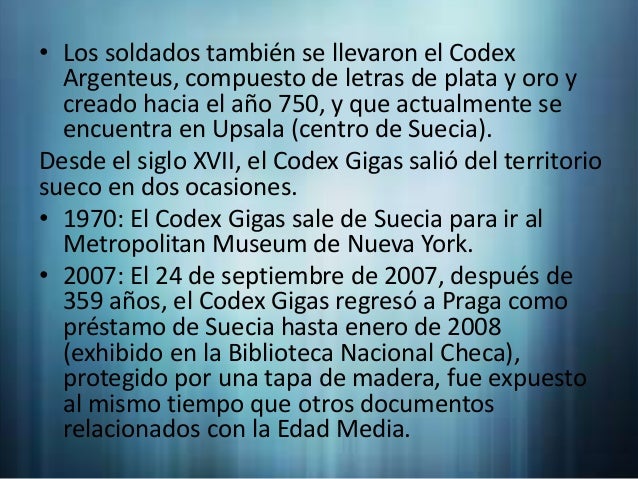

In that regard, immediately after the depiction of the devil, a page showcases various spells that are most likely composed as protection wards rather than as ‘calling cards’ for the Devil. The lack of evidences of Devil interference can be once again attributed to the content of the huge manuscript (which contains no demonic allusion or intonations, except for the image itself). *In some accounts, it was the monk who painted the picture of the Devil as a sign of gratitude for Lucifer’s ‘help’.

Lucifer obliged by painting * an image of himself on the 209th page of the book (the leering image we see in the article). So, in a Faustian twist to the tale, he called upon the Devil, and made a pact with him to finish the gargantuan book in return for the monk’s soul. On his last day before the imminent execution, he thought of contributing to an ‘evil work’ that was to be penned on animal skins ( vellum) but there was no time to complete the entire document. So he was sentenced to a slow death, by being walled up alive inside a vault. Well, this is where we travel to realm of lore, and it goes as this – the actual scribe of the Codex Bible had broken the monastery’s rule or at least his own vows. How come it is associated with the Devil? In any case, all the contents of the manuscript is handwritten, probably by single scribe who made it his lifetime project.

One name particularly crops up in the mix, and it relates to a monk called Herman the Recluse ( hermann inclusus). So who exactly was the author (or authors) of this behemoth of a literary work? Well, historians are certain that it was penned during the 13th century AD, by the monks of Benedictine monastery of Podlažice, in present-day Czech Republic. Interestingly, there is also a vast coverage of historical works between the testaments, with Josephus’ Antiquities of the Jews (of 1st century AD) and the Etymologiae encyclopedia written during late antiquity of 7th century AD. To that end, the compositions of the manuscript mainly entail the Latin Vulgate Bible, an alphabet with comparative studies, documentation of medical texts (with sources ranging from Hippocrates to Constantinus) and even a few spells. So, in a way, it is crucial to shed some light into the contents of the huge Codex Gigas (an apt name, since ‘ Gigas‘ pertains to giant in Latin). Now of course, there is a fine line between events and hypotheses, and it is important to separate facts from fiction.


 0 kommentar(er)
0 kommentar(er)
